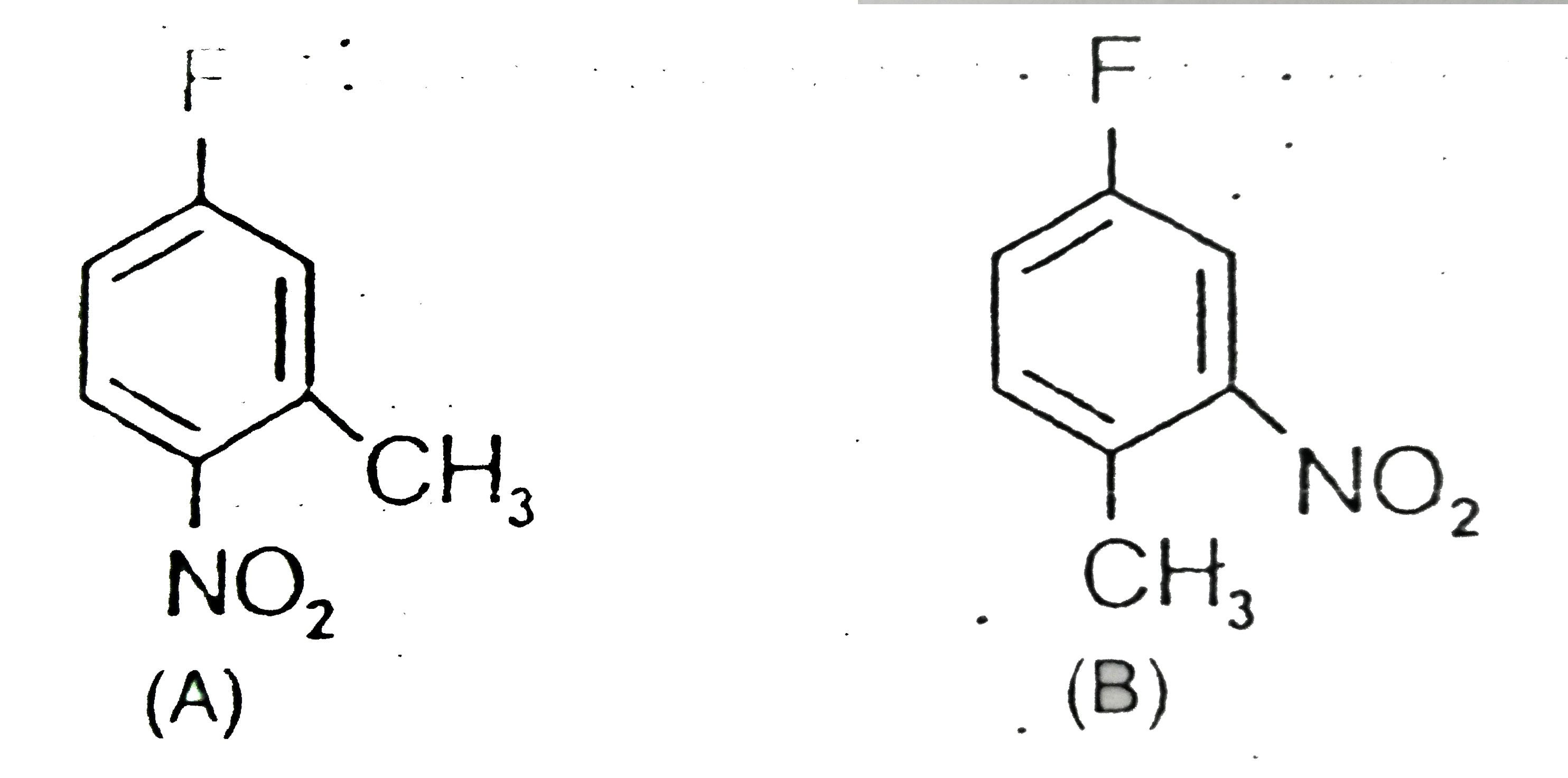Which one of the following compounds undergoes predominantly S2N reaction with aqueous NaOH in a polar aprotic solvent ?
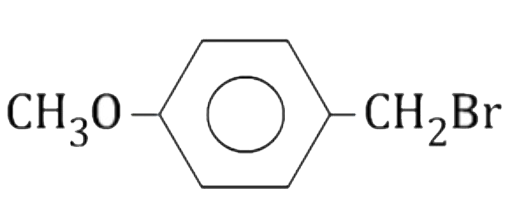
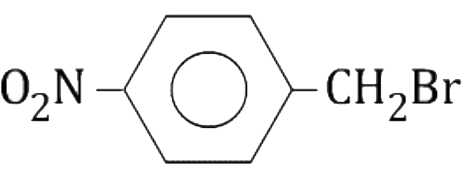
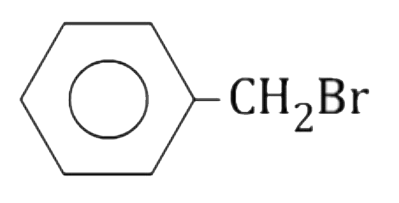
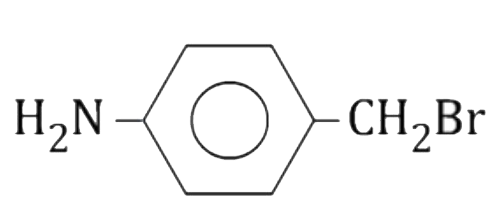
The correct Answer is:B
To determine which compound undergoes predominantly an S2N reaction with aqueous NaOH in a polar aprotic solvent, we need to analyze the substituents attached to the carbon atom that is undergoing the nucleophilic substitution. Here’s the step-by-step solution:
Step 1: Understand the S2N Mechanism
The S2N (bimolecular nucleophilic substitution) mechanism involves a single concerted step where the nucleophile attacks the electrophile, leading to the displacement of a leaving group. The reaction rate is dependent on both the nucleophile and the substrate.
Step 2: Identify the Factors Influencing S2N
The reactivity in S2N reactions is influenced by:
- The nature of the leaving group (better leaving groups facilitate S2N).
- Steric hindrance (less sterically hindered substrates react faster).
- The electronic effects of substituents (electron-withdrawing groups enhance reactivity, while electron-donating groups decrease it).
Step 3: Analyze the Given Compounds
Let’s consider the compounds that might be provided in the question (though not specified here, we will assume common examples):
1. Compound A: CH2Br with a methoxy group (−OCH3)
2. Compound B: CH2Br with a nitro group (−NO2)
3. Compound C: CH2Br with an amino group (−NH2)
4. Compound D: CH2Br with no substituents.
Step 4: Evaluate Each Compound
- Compound A (Methoxy group): The methoxy group is an electron-donating group (+M effect), which decreases the reactivity towards S2N.
- Compound B (Nitro group): The nitro group is a strong electron-withdrawing group (-M and -I effects), which increases the reactivity towards S2N.
- Compound C (Amino group): The amino group is also an electron-donating group (+M effect), which decreases the reactivity towards S2N.
- Compound D (No substituents): This compound would have moderate reactivity, but without any strong electron-withdrawing groups.
Step 5: Conclusion
Among the analyzed compounds, the one with the nitro group (Compound B) will undergo predominantly S2N reaction due to the strong electron-withdrawing effect of the nitro group, enhancing the electrophilicity of the carbon attached to the leaving group.
Final Answer
The compound that undergoes predominantly S2N reaction with aqueous NaOH in a polar aprotic solvent is the one with the nitro group (−NO2).
---
The S2N (bimolecular nucleophilic substitution) mechanism involves a single concerted step where the nucleophile attacks the electrophile, leading to the displacement of a leaving group. The reaction rate is dependent on both the nucleophile and the substrate.
The reactivity in S2N reactions is influenced by:
- The nature of the leaving group (better leaving groups facilitate S2N).
- Steric hindrance (less sterically hindered substrates react faster).
- The electronic effects of substituents (electron-withdrawing groups enhance reactivity, while electron-donating groups decrease it).
Let’s consider the compounds that might be provided in the question (though not specified here, we will assume common examples):
1. Compound A: CH2Br with a methoxy group (−OCH3)
2. Compound B: CH2Br with a nitro group (−NO2)
3. Compound C: CH2Br with an amino group (−NH2)
4. Compound D: CH2Br with no substituents.
- Compound A (Methoxy group): The methoxy group is an electron-donating group (+M effect), which decreases the reactivity towards S2N.
- Compound B (Nitro group): The nitro group is a strong electron-withdrawing group (-M and -I effects), which increases the reactivity towards S2N.
- Compound C (Amino group): The amino group is also an electron-donating group (+M effect), which decreases the reactivity towards S2N.
- Compound D (No substituents): This compound would have moderate reactivity, but without any strong electron-withdrawing groups.
Among the analyzed compounds, the one with the nitro group (Compound B) will undergo predominantly S2N reaction due to the strong electron-withdrawing effect of the nitro group, enhancing the electrophilicity of the carbon attached to the leaving group.
The compound that undergoes predominantly S2N reaction with aqueous NaOH in a polar aprotic solvent is the one with the nitro group (−NO2).
Similar Questions
Knowledge Check
Which one of the following compounds is most reactive for ArSN2 reaction ?
A B
B C
C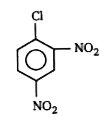 D
D
Which of the following compounds will give racemic mixture by SN1 reaction?
A B
B C
C DH3C−CH∣CH2−Br−CH3
DH3C−CH∣CH2−Br−CH3
Which of the following compound (s) is/are non-polar?
View SolutionWhich of the following compound (s) is/are non-polar?
View SolutionWhich of the following compounds undergo E2 reaction with maximum rate?
View SolutionWhich of the following compounds will not undergo Friedel Craft's reaction with benzene ?
View SolutionAmong the following, the compound that undergoes the fastest SN1 reaction is:
View SolutionWhich of the following halide undergoes in hydrolysis via SN1 reaction?
View Solution

